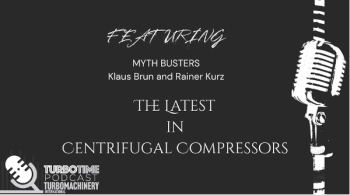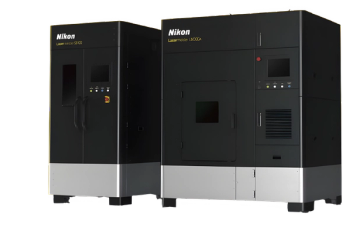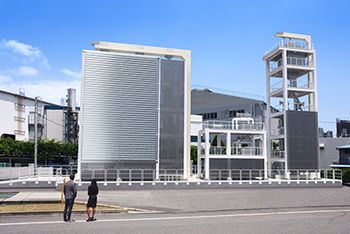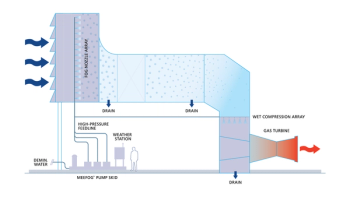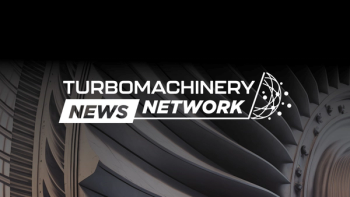
GE Vernova and IHI are Decarbonizing Power Generation with Ammonia
Jeffrey Goldmeer of GE Vernova says ammonia is an efficient option to reduce greenhouse gas emissions across the entire lifecycle.
IHI and GE Vernova recently constructed a
Jeffrey Goldmeer, Senior Director of Technology Strategy at GE Vernova, stated that the completion of this testing facility marks a shift from early studies on the ammonia value chain to implementing technologies and engineering projects aimed at decarbonizing power generation with ammonia.
This summer, IHI will be conducting combustion tests using full-scale prototype combustors operating on 100% ammonia.
Turbomachinery International followed up with Goldmeer on this partnership—which he originally discussed in April 2024 during an interview about
What specific technical challenges are anticipated in scaling 100% ammonia combustion technology from IHI's existing 2-MW turbine to GE Vernova's F-Class gas turbines, particularly regarding emissions like NOx and N2O?
Goldmeer: Emission is one of the challenges, and we plan to apply IHI’s engineering and development practices, which have successfully achieved NOx emission within a regulatory-compliant level at the stack, with GE Vernova’s expertise in engineering and manufacturing of gas turbine combustion systems.
How will the new test facility differ in its capabilities and focus from GE Vernova's advanced combustion test facility in Greenville, South Carolina, and how will these facilities collaborate?
Goldmeer: The new test facility in Hyogo Aioi is engineered for ammonia combustion based on IHI’s ammonia combustion technology and GE Vernova’s latest gas turbine combustion technologies and practices. GE Vernova and IHI Engineering teams conduct a baseline test to ensure the capability of the Aioi test facility is equivalent to the Greenville test facilities.
Beyond technical development, what are the key regulatory, economic, and infrastructure considerations that need to be addressed to ensure the widespread commercial viability and adoption of ammonia-powered gas turbines by 2030?
Goldmeer: Decarbonized fuels like ammonia are limited in volume and economic viability today. Radical support by government direction and international regulations to motivate the stakeholders is crucial, e.g., CFD support, CBAM, and carbon pricing. Ammonia has advantages in cost and handling aspects—e.g., liquifiability, volumetric density—among various carbon-neutral fuels, particularly in regions that need to import decarbonized fuels from overseas countries. However, these support mechanisms are essential in the initial phase of the ammonia supply chain.
What are the projected environmental impacts of using ammonia as a primary fuel source for gas turbines, considering the entire lifecycle from ammonia production to combustion, and how will any potential negative impacts be mitigated?
Goldmeer: Ammonia has advantages among various carbon-free fuels, in which we believe ammonia is an efficient option to reduce greenhouse gas emissions across the entire lifecycle. NOx and N2O are potential emission challenges in our combustion technology development, and we plan to mitigate these emissions by leveraging IHI’s technology, which IHI’s 100% ammonia-fueled small-size gas turbine employs to control successfully NOx, N2O, and CO2. We also utilize IHI’s ammonia value chain experiences and GE Vernova’s gas turbine system expertise to address safety concerns related to ammonia toxicity throughout the development process.
Newsletter
Power your knowledge with the latest in turbine technology, engineering advances, and energy solutions—subscribe to Turbomachinery International today.

